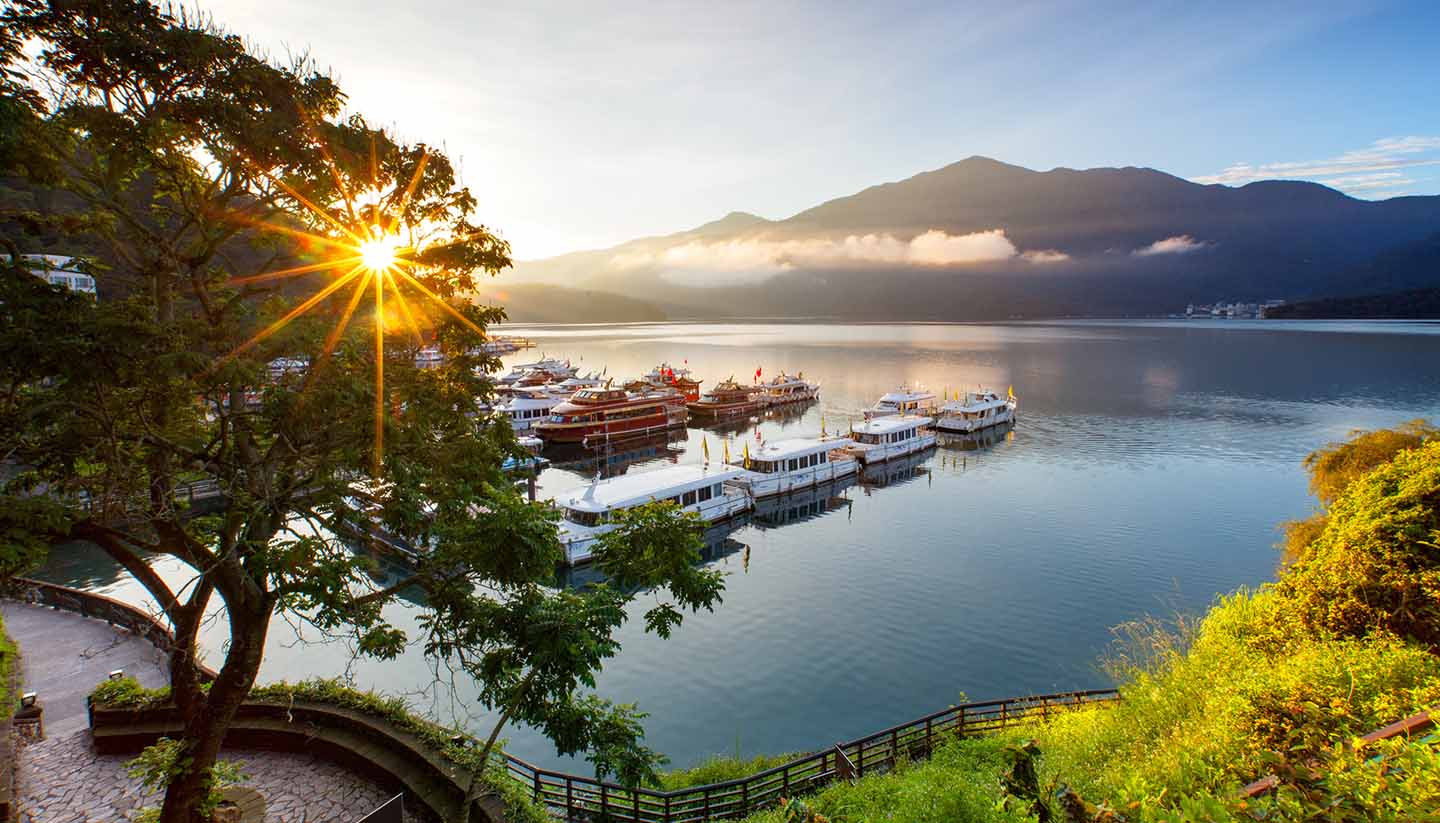Taiwan Weather, climate and geography
Weather and climate
Best time to visit
Taiwan has a subtropical climate in the north and a tropical climate in the south, which means it's generally warm and humid throughout the year, with distinct wet and dry seasons.
The best time to visit is during the autumn months (late September to early December), when the weather is typically dry, sunny, and comfortably warm—ideal for sightseeing, hiking, and exploring the island's many outdoor attractions.
Spring (March to May) is also a pleasant time to visit, with mild temperatures and blooming flowers, though rain showers become more frequent as the season progresses.
Summer (June to early September) is hot and humid, with daytime highs often exceeding 30°C (86°F). It's also typhoon season, so heavy rain and storm warnings can occasionally disrupt travel, particularly on the east coast and outlying islands.
Winter (December to February) is mild in the lowlands, especially in the south, where temperatures rarely dip below 15°C (59°F). However, the north and central mountains can get chilly and damp, with snowfall possible in high-altitude areas like Alishan and Yushan.
Required clothing
What to pack for Taiwan largely depends on the season and where you're headed. In the warmer months (April to October), lightweight, breathable clothing is best, along with sun protection like a hat, sunglasses, and sunscreen. Humidity can be high, so quick-drying fabrics are a smart choice. If you're visiting during the rainy or typhoon season, bring a compact umbrella or waterproof jacket. In autumn and spring, a light jumper or jacket is useful for cooler mornings and evenings.
Winters (December to February) are mild in the south but can be damp and chilly in the north—pack a warm layer or two, especially if you're heading into the mountains. Comfortable walking shoes are essential, and if you're visiting temples, it's respectful to wear modest clothing that covers shoulders and knees.
Geography
Taiwan may be small in size, but its geography packs a remarkable punch. Roughly the size of Belgium, the island lies off the southeastern coast of mainland China, separated by the Taiwan Strait. It sits at the junction of two tectonic plates, which gives rise to its dramatic landscapes, frequent tremors, and an abundance of hot springs.
The island is shaped like a sweet potato—long and narrow—with a spine of rugged mountains running down the centre. Over two-thirds of Taiwan is mountainous, with peaks soaring above 3,000 metres, including Yushan (Jade Mountain), the highest in Northeast Asia. These central ranges are flanked by lush valleys, terraced tea fields, and fast-flowing rivers that cut through deep gorges like the famous Taroko Gorge.
To the west lies a broad coastal plain, home to most of Taiwan's cities, farmland, and industry. In contrast, the east coast is wilder and more sparsely populated, characterised by dramatic sea cliffs, quiet beaches, and winding coastal roads. Taiwan's offshore islands—such as Penghu, Kinmen, Matsu, Green Island, and Lanyu (Orchid Island)—offer everything from volcanic craters to coral reefs and wind-sculpted rock formations.
With its subtropical climate in the north and tropical zones in the south, Taiwan supports a rich variety of ecosystems, from cloud forests and bamboo groves to coral reefs and wetlands. It's a land of stunning contrasts, where a short drive can take you from rice paddies to alpine forests or from neon-lit cities to quiet fishing villages.


